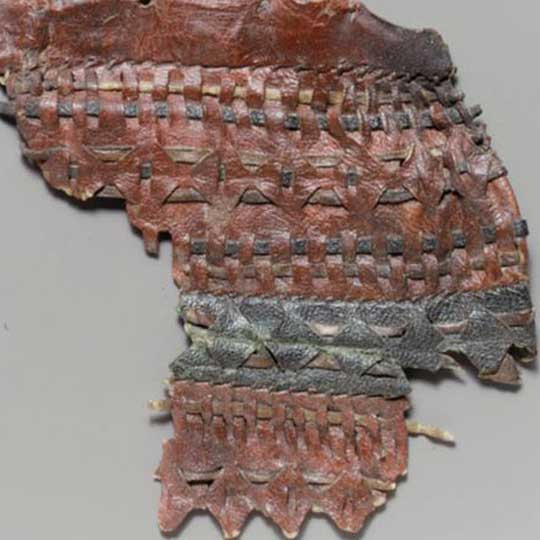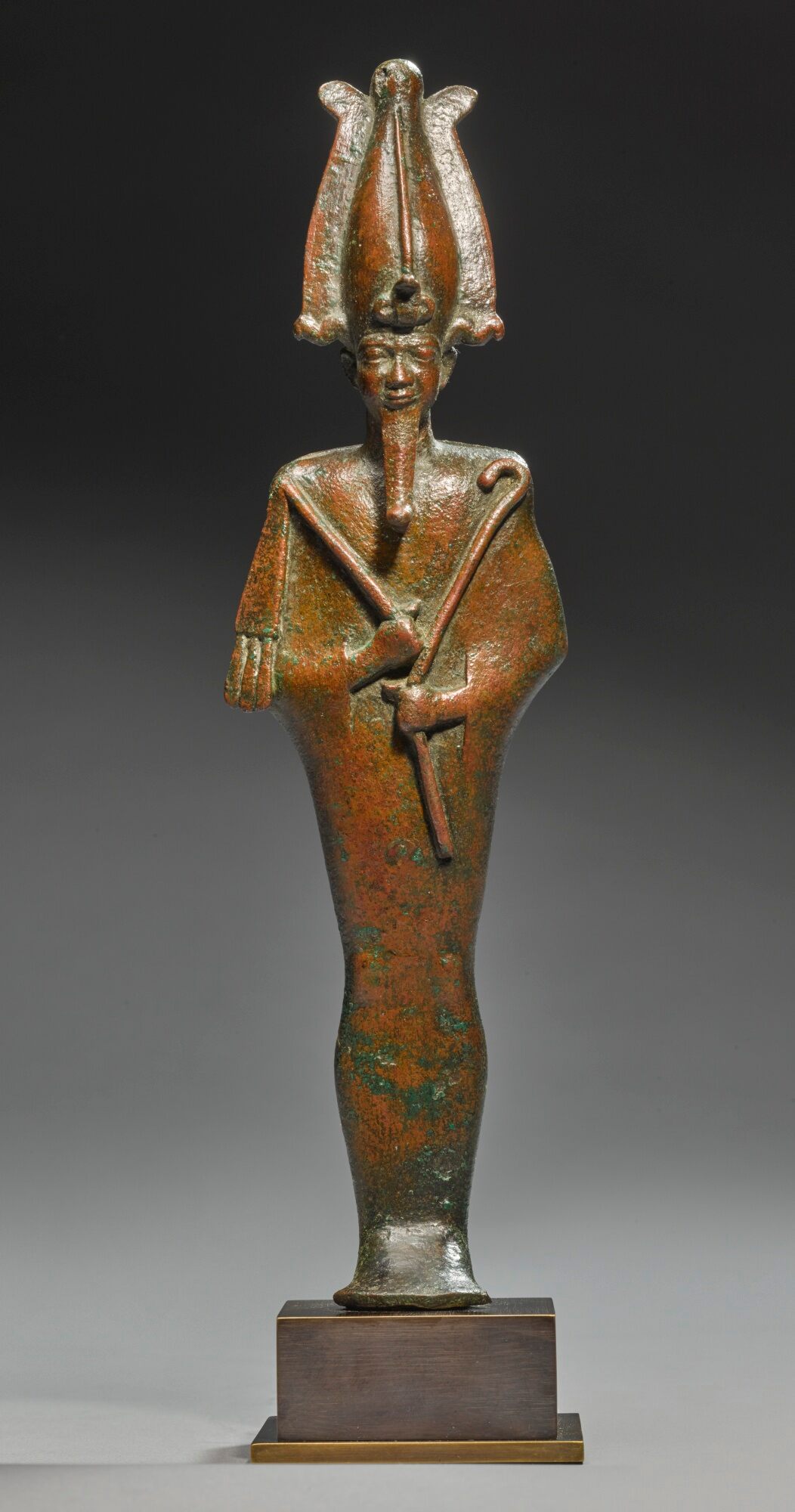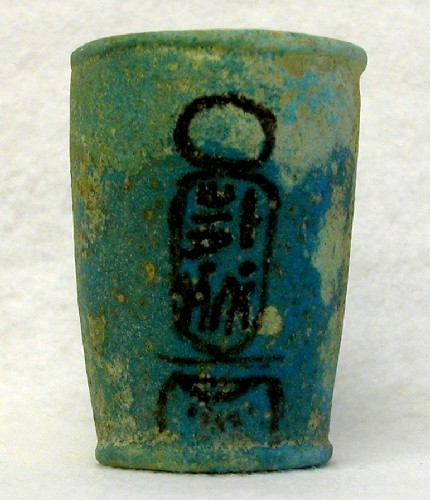What is known of how much chemistry was done before 600 BC?
Lots, and none. We have artifacts. Lots of them. Glass from Egypt.
Clays and potteries from everywhere.
Metals from India, Persia, and all around the Old World. Even some early samples of steel. Gold and silver working. Lots of copper, some zinc, thus some bronze.
We have paints, glazes, dyes. There is soap.
And we don't have a single word on how any of it was made. The manufacture of all these things seemed to be ensconced firmly in the crafts. No one was asking "Why?" or "How?" They just made it, probably passed from master to apprentice. No instructions exist. Nothing but what they made.
Pottery required multi-stage firings, taking advantage of oxidizing and reducing furnaces to get the blacks and the lighter shades to both give purer colors.
Dying and metallurgy were probably the most difficult, with glassmaking and paint close behind.
Dying requires a good permanent dye, and a mordant to make it stick to the leather or cloth fibers. Once you have them by experimentation, you have a good method. Then you simply need a good source of supplies. The dyes came from plants or insects. The mordant was typically something like alum, KAl(SO4)2 . 12H2O. Use the trade routes to get it in from the distant lands where it was mined. Some of the dyes needed to be shipped in also, when the plant or insect was found only far away.

Metallurgy is straightforward when you have the ore close by. Most was done using charcoal (wood heated in the absence of air) and bellows to blow it hot. Iron was possible bit needed a very hot fire. Steel was made probably by accident in a few locations. Most of the metallurgy was copper and tin, which combined to make bronze. Bronze was hard and workable, and the bronze age sword was state of the art for a very long time. But tin is hard to find because it is rather more soluble in water than most metal ores. Gold and silver smithing was more common because, well, looks and longevity.

Glass making requires sand, borax, and trace metal ores for color. And a very hot flame. And a pot to melt it in. Early Egyptian glass was mostly flat-poured glass. No vessels or shaped items, just flat cracked colored glass.

All this we know because we have it in museums and have studied it.
Paint was known, but required brilliant minerals you grind and combine with egg whites to make them stick to surfaces. It doesn't work perfectly, and most painted items don't look painted anymore, so it has a darkened past.
Alchemy probably had something of a start in these crafts, but alchemy went an entirely different direction than making pretty things.
It first needed philosophy.